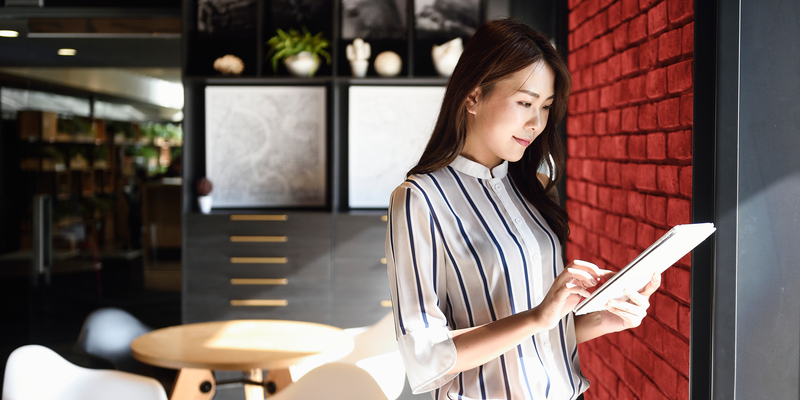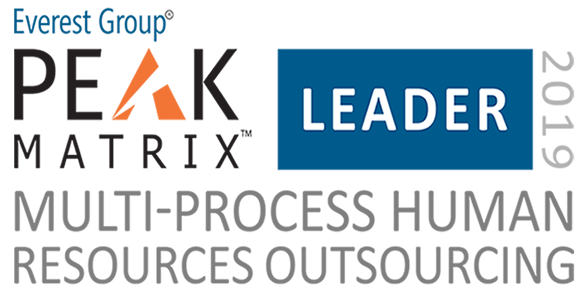
HR leaders have a plethora of HCM technologies at their disposal to help employees feel heard and supported.
As the coronavirus pandemic reshapes the world of work, having an effective employee communication strategy is critical. Organisations wrestling with the challenge of reopening offices is just one example of where this need becomes apparent.
It's important to acknowledge that some employees may not be enthusiastic about the idea of returning to the office in person due to the risk of contracting COVID-19. However, it's not enough just to realise that employees will have different perspectives; you need a strategy for learning how they feel and a plan for responding to their concerns about this and other challenges.
In short, your strategy needs to be human.
Using technology to improve communication
Getting in touch with employee concerns becomes easier when you have tools specifically designed to support employee communication. Fortunately, HR leaders have a plethora of HCM technologies at their disposal to help employees feel heard and supported.
"The first thing we're doing is connecting with StandOut with the check-ins on a weekly basis [and asking], what do you love? What do you loathe? What can I help you with?" says Linda Mougalian, Senior Division Vice President, Growth Marketing at ADP.
These conversations foster an ongoing connection, which is important to bringing remote teams closer, even when team members have never met.
"Everybody is up against so much. The more we can do to bring people together and make them feel like a team, the better," says Mougalian. "These connections are so important as we look to continue to innovate in the face of change."
One-on-one conversations between team leaders and employees are important, but it's difficult to aggregate data from those kinds of interactions. To help leaders gather information to make better decisions about workforce planning, a Return to Work dashboard can measure employee sentiment about returning to work with emotional readiness surveys and health status attestations. These tools can make it simple for employees to weigh in through their personal mobile devices. These inputs are translated into visualisations that help business leaders turn those insights into confident action.
Expressing empathy
Empathy doesn't always factor into business decisions, but its importance in employee relationships is undeniable. Supporting real, human connections through an emphasis on employee communication can help leaders build trust, which leads to better engagement.
"The simple act of just asking people how they feel about coming back to the office is very human," says Mougalian. "We're trying to make sure that we're not making anybody do anything that they're uncomfortable with. Culturally, as an employer, right now is the time to worry about individuals and letting them know that they're being heard."
Leveraging practical solutions
All of this communication isn't just about making employees feel more confident about their relationship with their employer. By collecting insights about workforce readiness through open communication, HR leaders can better devise and implement strategies for managing the physical workspace. Understanding who is ready to come back for each team can help organisations plan and modify their workspaces in accordance with capacity expectations and social distancing protocols. This might entail installing barriers between workstations or setting up one-way traffic flows to reduce unnecessary contact between employees.
Touchless kiosks can be used to grant employees access to your physical office space and collect symptom information for contact tracing in the event that an employee tests positive for COVID-19.
"Employees can use our touchless kiosks to get in and out without touching anything and reducing fear of spreading the virus," said Mougalian. "If someone comes in to work for a couple of days and then they exhibit symptoms afterwards, how do you manage that? The answer is a touchless check in, to facilitate contact tracing for people who come into the office."
Mougalian adds that "this is a memorable employment moment and thinking about the return to the office as a holistic experience for both employees and employers to feel more comfortable will have a lasting impact."
Remaining flexible for changing circumstances
Above all, we must understand that as circumstances change, employee experiences and opinions may change as well. Create a plan that allows employees to be flexible — to switch back and forth between working remotely and working in the office, for instance — so they can do what they feel is safe and comfortable. Focus on creating a culture of empathy that doesn't penalise employees for expressing their concerns and makes it easy for them to pivot without interrupting business processes.
There is no one-size-fits-all solution for reopening offices and returning to business as usual. Each organisation needs to assess its needs and communicate with employees to discover how they actually feel about the prospect of working onsite in proximity to others. Using communication tools designed to facilitate these conversations, collect employee feedback and translate the data into actionable insights can help HR leaders create plans and strategies that support business needs and address the real, complex human experience employees are facing.
With these insights, leaders can create a culture where everyone feels heard and supported, and employees feel safe, regardless of where they are working.
This story originally published on SPARK, a blog designed for you and your people by ADP®.


